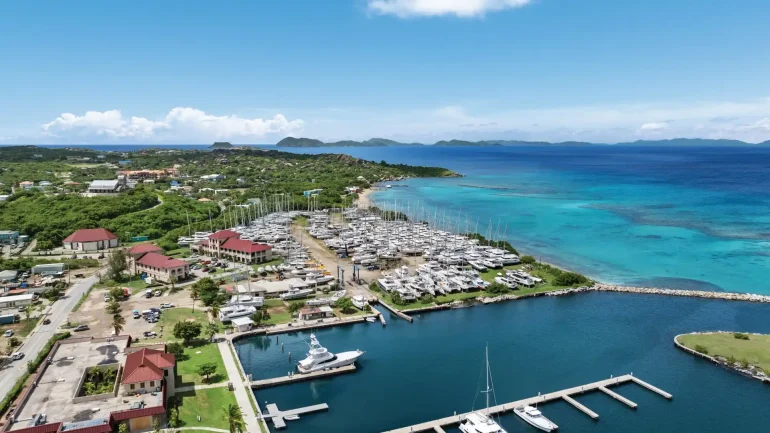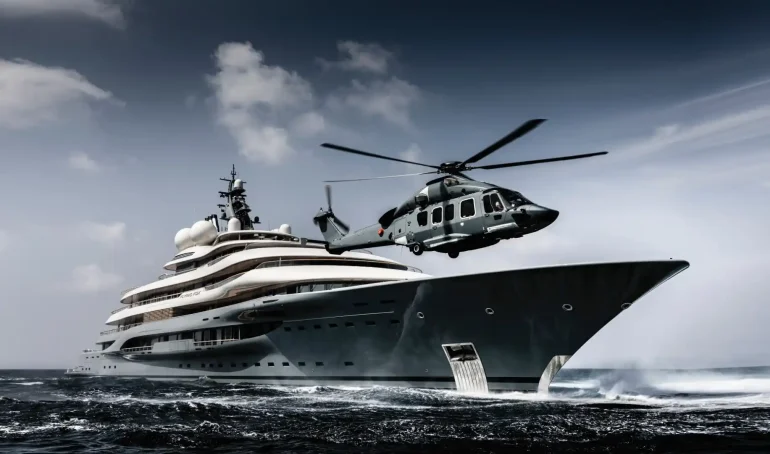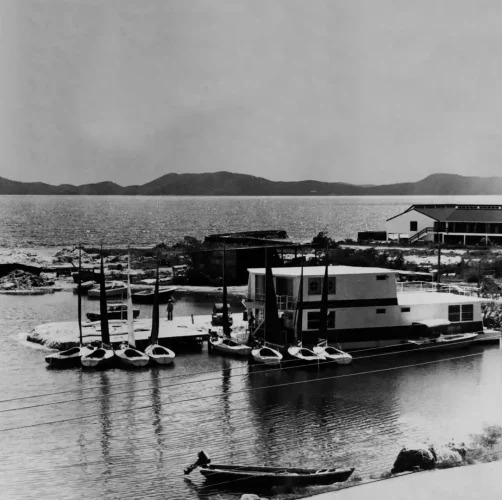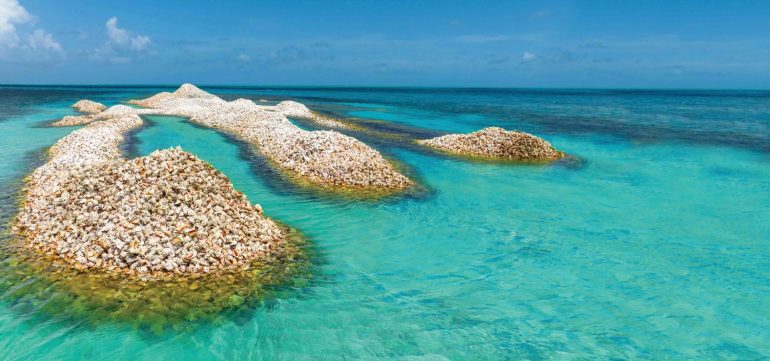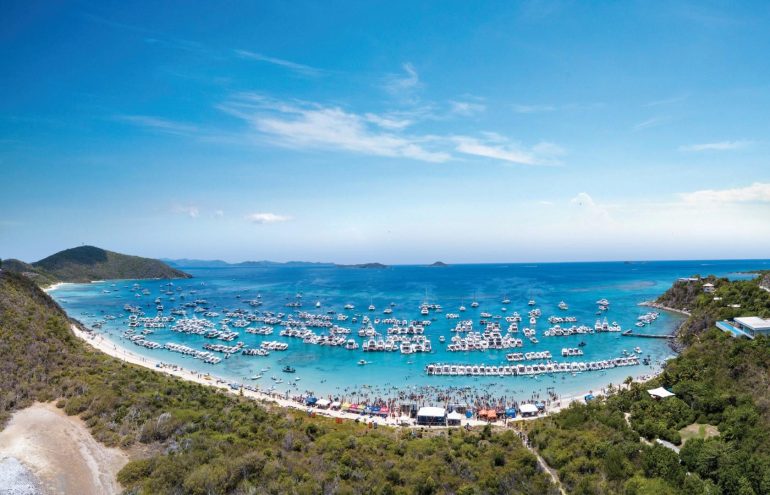Tracking the Independent Turtle – Sea turtles have survived the past million years, but it wasn’t until the 1950s when Dr. Archie Carr began tagging turtles that it became clear these ancient creatures were slowly disappearing and would one day become extinct. Historical records, such as those of Christopher Columbus, describe the incredible abundance of turtles at one time, but after hundreds of years harvesting for meat and shells, the number of turtles has declined. Today, turtle populations are nowhere near the amount Columbus described over half a century ago, but worldwide conservation efforts are on the rise to keep existing populations from disappearing altogether.

Here in the BVI, the Conservation & Fisheries Department (CFD) has joined this international race to save turtles from becoming extinct. CFD’s involvement started in 1999 when Cuba wanted to begin an international trade of turtle shells to other countries around the world. Since all the UK Overseas Territories in the Caribbean are signatory to the Convention of International Trade in Endangered Species (CITES), the regulating body for importing and exporting endangered species, it was deemed necessary to research the effects of how the proposed Cuban harvest would impact regional populations, especially since turtles are a highly complex migratory species. Subsequently, the UK government launched a three-year project entitled Turtles of the Caribbean Overseas Territories (TCOT) which included Anguilla, Bermuda, Cayman, Montserrat, Turks and Caicos, and the BVI. (The final report can be found at www.seaturtle.org/mtrg/projects/tcot.) This research’s findings have helped keep Cuba from harvesting turtles for international trade.
Although the project has long ended, CFD staff continues the work started nearly eight years ago. The original project formed the basis to better understand our own population of foraging hawksbill and green turtles, the most common sea turtles in the BVI. We already knew that turtles which hatched in the BVI return thirty or so years later to lay a new generation of eggs. What we didn’t know was where the turtles that live here actually come from, until we started sampling turtles for their genetic structures.

Tissue samples taken (without harm) from the first 125 turtles caught under the TCOT project were sent to the UK for DNA analysis. What we discovered was some of our turtles are actually from other regions such as Barbados, Cuba, Belize, Florida, Turks & Caicos, Montserrat, Puerto Rico, the USVI and as far as Aves Island and São Tomé, Western Africa. One day, these turtles will venture out of the BVI to their adult foraging grounds and later, once sexually mature, will return to those distant places where they originally came from. Interestingly enough, two of our tagged turtles have safely made their way as far as St Barth and Bonaire.
We now have over 600 turtles tagged with flipper tags and microchips, similar to the ones the family pet gets from the vet. Since measurements are taken each time, we have learned most of our turtles are, in fact, juvenile to sub-adult or roughly just a bunch of teenagers or young adults. We’ve also learned Anegada is regionally a major juvenile nursery, primarily for hawksbills. Interestingly, due to the pristine environment in Anegada, we found out those turtles have some of the highest growth rates in the world.
Although it seems like we know a lot about our turtles, we really don’t. We have a good start, but there are so many questions that are still unanswered. What turtles prefer what areas most? Where do our nesting turtles spend their juvenile and adult foraging grounds? Are the numbers in the BVI increasing or declining? The more information we collect, the more likely we will be able to answer these questions about one of the most important species of our marine community.
